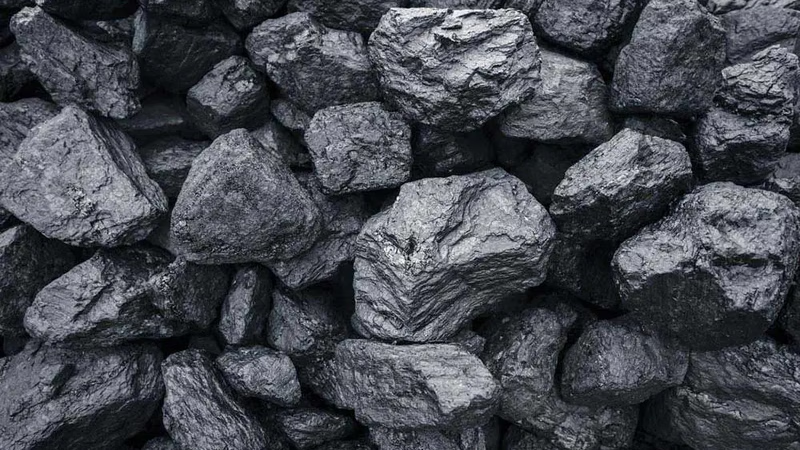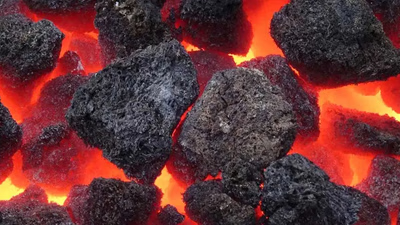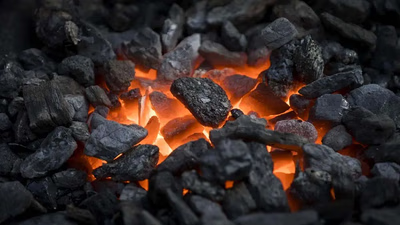
Coal export opportunities in Middle East trade platforms.
Studying global markets and analyzing needs and demand in different countries and regions can help you identify markets that need coal and that you can enter. This includes observing trends, analyzing market data, studying reports and statistics, and examining energy needs and various industries. Participating in exhibitions, conferences and industrial events related to the coal industry can be a good opportunity to communicate with international businessmen and customers and identify target markets. At these events, you can explore different markets and interact with businessmen and industry representatives from those regions.
Consultants and industry organizations can help you identify target markets and provide guidance on the opportunities and challenges of exporting coal to those markets. They can do marketing and business analysis and provide information about different markets. Communicating with individuals and companies operating in the coal industry can lead to identifying target markets and creating business opportunities. Attending conferences, networking at industry events, and using social media can help you connect with people and companies that need coal.
Before starting marketing activities, do thorough research on your target markets. Examining market demand and needs, competition, export laws and regulations, and market conditions in the target countries is of great importance. Connecting with companies, businessmen and industrial representatives in the target countries can help you identify opportunities and establish business relationships. Attending exhibitions, conferences and industry events related to the coal industry and using social media to connect with people and companies can be useful.
Using digital methods to promote and market coal products can help you reach your target markets. Creating an efficient and up-to-date website, using online advertising methods, using social media and email marketing can not be an obstacle to reach customers and potential customers in the Middle East countries . In the marketing process, it is very important to pay attention to the culture and language of the target customers. Creating appropriate content, translating content into the local language, using visual elements and keywords suitable for the culture and language of the target customers can facilitate the marketing process and communication with customers.
Establishing cooperation with local representatives and suppliers in target countries can help you enter local markets and establish effective business relationships. These local representatives, having the knowledge and experience of the ways and strategies mentioned in the previous section for the marketing and export of coal in the Middle East countries, can be used as the best methods. However, it is always important to pay attention to the specifics and characteristics of the target market and its needs in each specific target market, including the Middle East, and adjust your strategies accordingly. China is one of the largest consumers of coal in the world. Despite the country's efforts to transition to cleaner energy sources, coal is still used as the primary energy source in China. China's large market and its ever-increasing need for coal provide a suitable field for the export of this product.
India is one of the largest consumers of coal in the world. Some regions of India depend on coal to generate electricity and meet their industrial needs. Due to the declining trend of coal in developed countries, India is considered as another attractive target market for coal exports. As an advanced industrial country, Japan needs to import coal. Due to the limitations of domestic resources and the need for alternative energy sources, Japan is dependent on imported coal. The Japanese market has the ability to attract exporting companies due to the need for strategic energy resources in the field of coal. Some Asian neighbors such as South Korea, Thailand and Vietnam are also considered attractive markets for coal exports due to their growing energy needs.
-

Coal demand in West Asia is primarily driven by electricity generation, with countries like Saudi Arabia, UAE, Qatar, and Oman increasingly utilizing coal. While some nations have limited coal production, Iraq, Iran, and Turkey are notable producers. Countries with fewer reserves often rely on imports to meet their energy needs. Saudi Arabia and the UAE are significant importers of coal, while Iran and others export to global markets. Various organizations provide insights into the coal market through reports on production and consumption trends. The diversification of energy sources is crucial for reducing dependence on oil; coal serves as a cost-effective alternative that is easier to store and transport. The coal industry also plays a vital role in job creation in regions like Iran. Conversely, Turkey is actively transitioning away from coal towards renewable energy sources such as solar and wind power, implementing strategies to reduce reliance on fossil fuels.
Other Middle Eastern countries are following suit by investing in clean energy technologies. Major global suppliers of coal include Russia, the USA, Australia, and Indonesia, which cater to the import needs of Middle Eastern nations.
-

Countries with favorable geological conditions and advanced mining capabilities dominate global coal reserves. Russia, the United States, Australia, China, and India are among the largest holders of coal reserves. These nations benefit from extensive deposits due to their geological history and have developed robust mining industries. Advanced technologies play a crucial role in enhancing coal extraction and processing efficiency. Techniques such as continuous mining, open-pit mining, and surface mining are employed to optimize production while ensuring safety and environmental protection. Russia leads in coal reserves and exports, followed by Australia and Indonesia, which also have significant export volumes. The U. S.
and Canada contribute to the global coal market with reliable production and export capabilities. The interplay of technology, infrastructure, and regulatory frameworks significantly influences the productivity of these countries" coal industries. "
-

Coal remains a significant energy source globally, despite a decline in usage due to advancements in renewable energy technologies. Countries like China and India continue to rely heavily on coal for electricity generation and industrial processes, particularly in steel production. The coking process converts coal into coke, which is essential for steel and aluminum manufacturing. However, the environmental impact of coal consumption is substantial, contributing to air pollution and climate change through greenhouse gas emissions. Efforts are underway in many nations to transition from coal to cleaner energy sources such as solar and wind power. This shift is driven by the need to mitigate environmental damage and promote sustainable energy practices. Technological advancements and government policies play crucial roles in this transition, with many countries investing in renewable energy infrastructure. The timeline for phasing out coal entirely varies based on regional energy needs and policy frameworks.
-

Identifying target markets for coal exports requires thorough analysis of global demand and energy needs. Key strategies include attending industry events, networking with international businessmen, and leveraging consultants for market insights. Engaging in exhibitions and conferences allows exporters to connect with potential customers and understand regional requirements. Researching market conditions, competition, and export regulations is crucial before initiating marketing efforts. Digital marketing strategies, including social media and localized content, can enhance outreach in the Middle East. Establishing partnerships with local representatives can facilitate entry into these markets. Major consumers like China and India present significant opportunities due to their reliance on coal for energy production. Japan"s dependence on imported coal further highlights the potential for exporters.
Additionally, neighboring countries such as South Korea, Thailand, and Vietnam are emerging as attractive markets due to increasing energy demands. "




